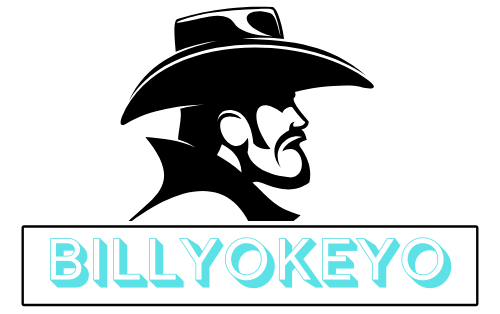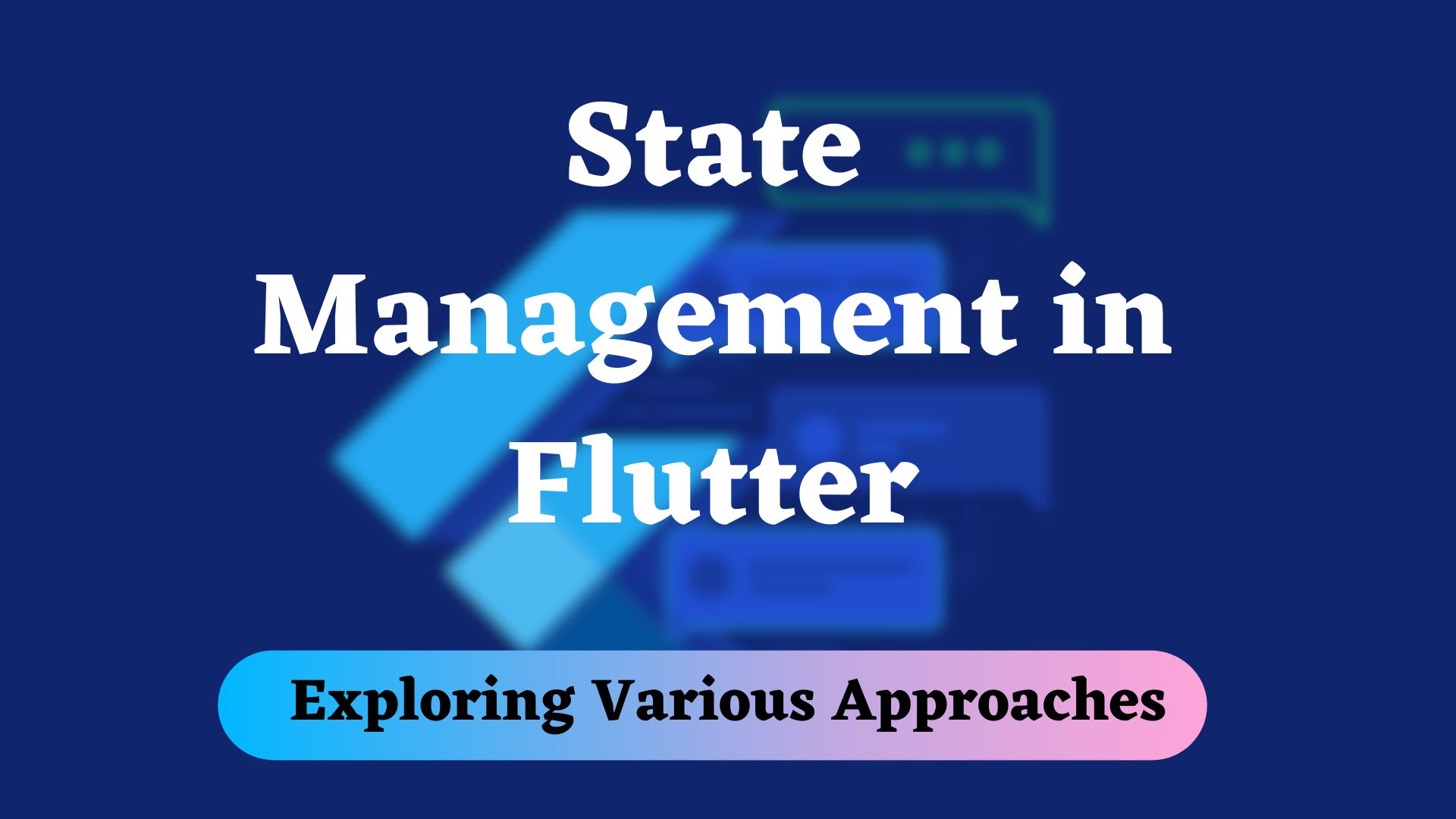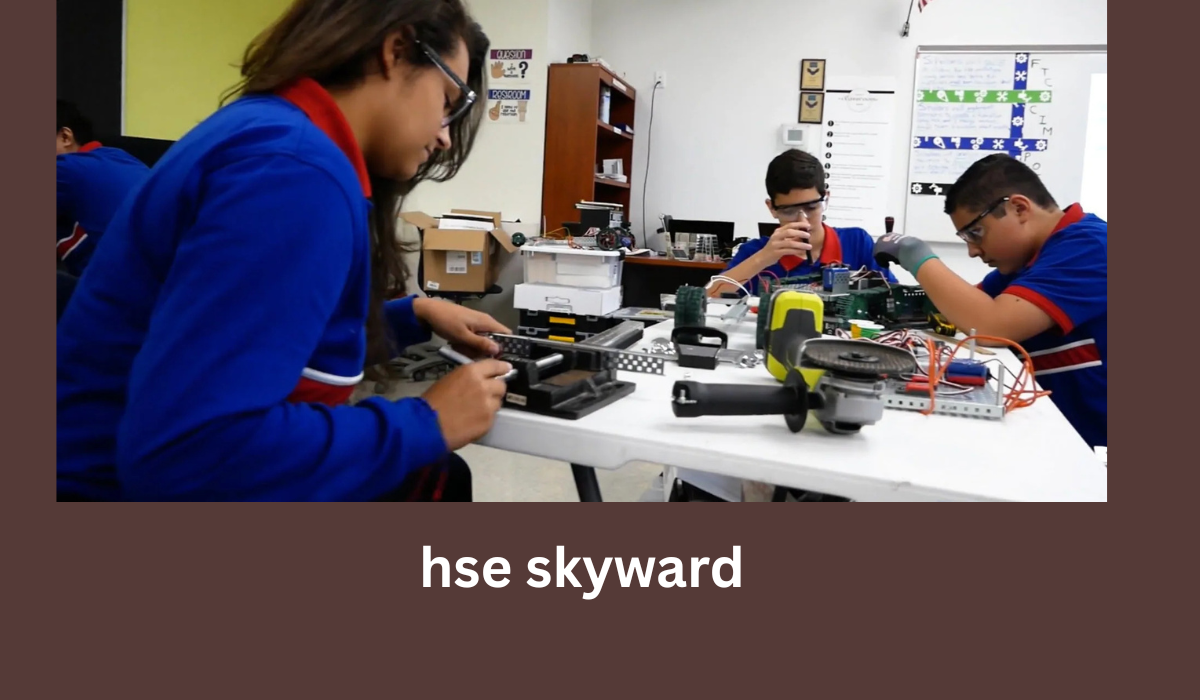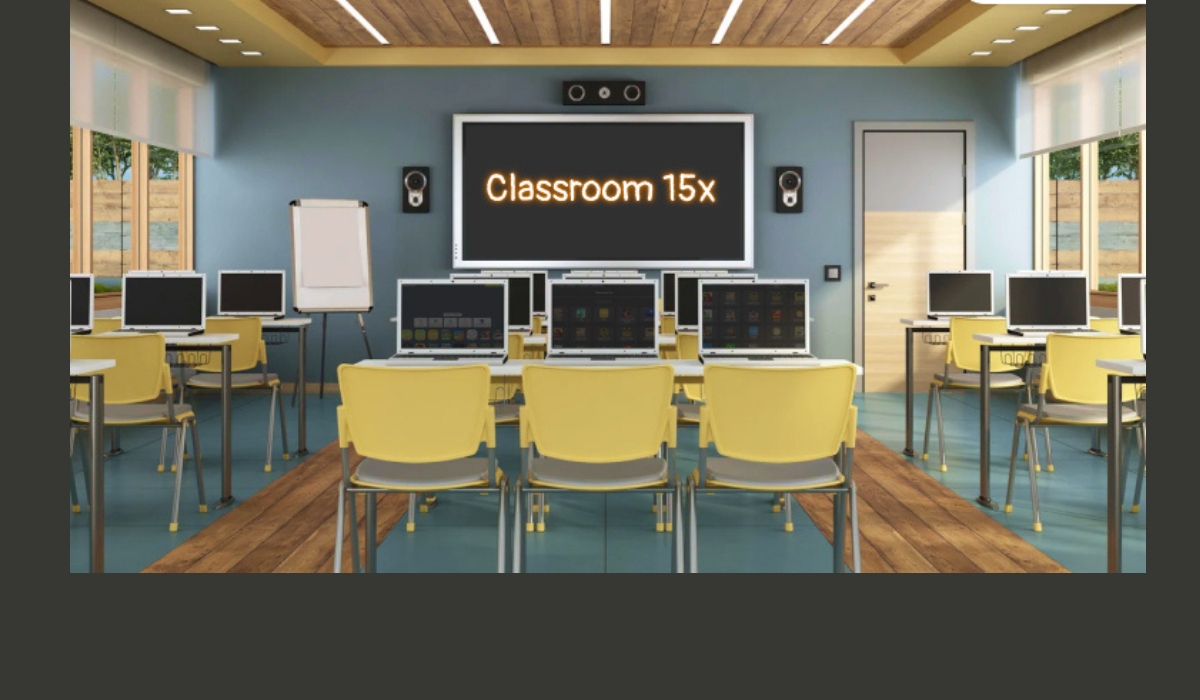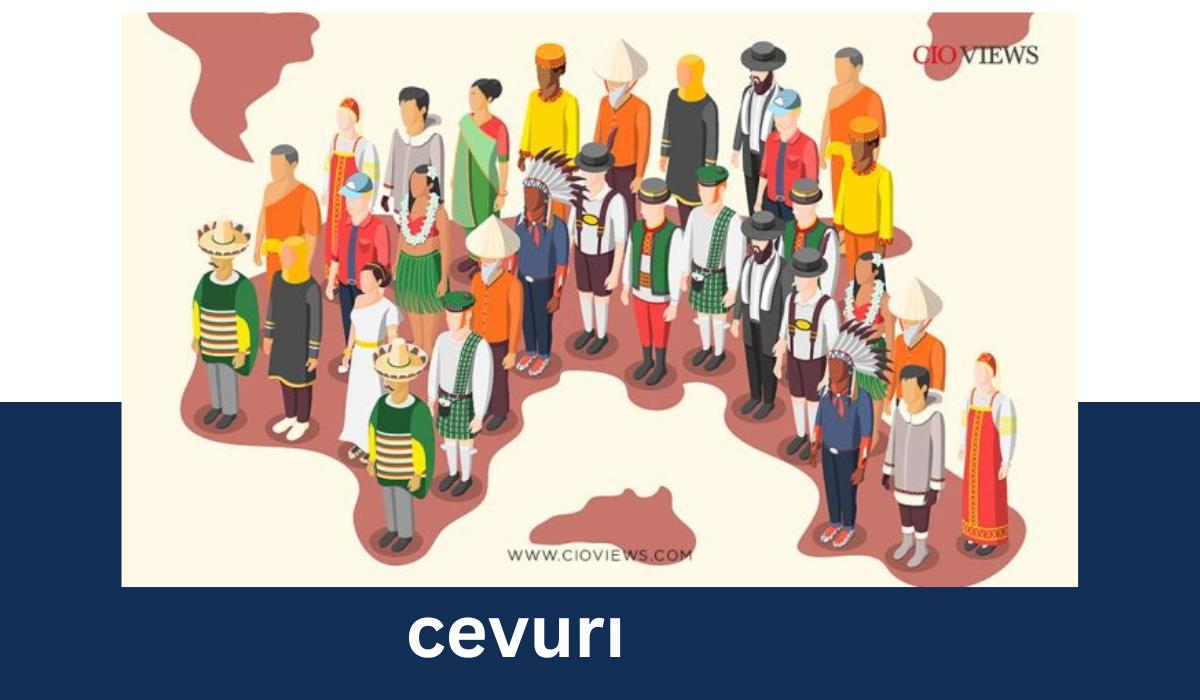When building complex Flutter applications, managing state can become a significant challenge and sometimes frustrating.
State management refers to the way in which an application handles and updates its data. In Flutter, there are several approaches to managing state, each with its own advantages and disadvantages. In this article, we will explore various state management approaches, including Inherited Widgets, Scoped Model, Redux, Provider, the BLoC pattern, riverpod and GetX. We will compare and contrast these approaches, highlight their strengths and weaknesses, and provide best practices for effective state management in Flutter applications. By the end of this article, you will have a solid understanding of different approaches to managing state in Flutter and be able to choose the best one suited for your application.
In this article I won’t be getting into the details of implementing each of these approaches. I will be focusing on the pros and cons of each approach and how to choose the right one for your application. If you are looking for a detailed tutorial on how to implement each of these approaches, in future I might write a detailed tutorial on how to implement each of these approaches. If you are interested in learning more about state management in Flutter, I recommend checking out the official documentation for each of these approaches.
Introduction to State Management in Flutter
State management is a crucial aspect of developing mobile apps, especially in Flutter, which is a reactive framework. In Flutter, state refers to any data that can be displayed on the screen and can change over time.
When a user interacts with a Flutter app, the state of the app changes, and these changes must be reflected on the screen. Therefore, managing state properly is essential to ensure a smooth and efficient user experience.
However, deciding on the right state management approach can be challenging as there are various ways to handle state in Flutter. In this article, we will explore the different options for state management in Flutter and the pros and cons of each approach.
What is State and Why is it Important in Flutter?
State refers to the data that determines the visual representation of the app. In Flutter, state is a dynamic value that can change at runtime, based on user interactions or other events. By managing state effectively, developers can create dynamic, responsive, and engaging apps.
Flutter’s reactive approach allows the framework to identify changes in the app’s state and update the UI accordingly, resulting in a seamless user experience. Managing state is essential as it reduces redundancy in code, simplifies the development process, and enhances the app’s performance.
Common Challenges with State Management in Flutter
Managing state in Flutter can be challenging, as it requires careful consideration of the design pattern and approach used. One of the most significant challenges is to create a scalable architecture that can accommodate the app’s growth while being maintainable and testable.
Additionally, different types of state management approaches have their own pros and cons, and choosing the right approach can be a daunting task. Maintaining the app’s state becomes more complicated as the app grows in size and complexity.
In the following sections, we will explore and compare different state management approaches in Flutter to help developers choose the right approach for their app.
Inheriting Widgets and Managing State
The Inherited Widgets approach is one of the most popular ways to manage state in Flutter. It works by passing state data down a tree of widgets, allowing child widgets to access and update the state.
Inherited Widgets are a special type of widget that allows data to be passed down the widget tree to its children. The data can be accessed and updated by any child widget that depends on it. Inherited Widgets provide a straightforward way to propagate state changes down the widget tree.
Implementing State Management with Inherited Widgets
To implement State Management with Inherited Widgets, developers create a custom Inherited Widget that wraps the entire widget tree. The Inherited Widget passes down the data to its children as an object, and any child widget that needs the data can access it using the BuildContext.
When any data changes, the Inherited Widget updates itself and notifies its children, which rebuild based on the new data. As a result, the UI is updated and reflects the changes in the app’s state.
Pros and Cons of Inherited Widgets for State Management
One of the main advantages of using Inherited Widgets for State Management is that it results in cleaner, less redundant code. It is also relatively simple to understand and implement, making it an excellent choice for small applications.
However, as the app grows, the Inherited Widget approach can become challenging to maintain, as the widget tree deepens. Additionally, Inherited Widgets can only handle a limited amount of state data, which can cause performance issues in larger applications.
The Scoped Model Approach
Scoped Model is a state management solution that uses a simple yet effective architecture to manage state in Flutter.
Scoped Model works by creating a model class that holds the app’s state data. This model is then passed down the widget tree using the ScopedModel Widget, which provides access to the data to all its children.
To update the state, developers call a notifyListeners () method on the model, which triggers a rebuild of the widget tree and updates the UI.
Implementing Scoped Model for State Management in Flutter
To implement Scoped Model, developers start by creating a Model class that holds the app’s state data. They then create a ScopedModel Widget and wrap the widget tree with it.
Developers can then access the model’s data by using the ScopedModel.of () method. To update the state, they call the notifyListeners () method, which triggers a rebuild of the widget tree.
Pros and Cons of Scoped Model Approach
Scoped Model’s architecture makes it easy to manage state in medium to large applications. It is also relatively simple to understand and can handle complex state data.
However, Scoped Model can be restrictive in terms of data sharing between widgets, making it challenging to manage data across different parts of the app. Additionally, for apps with a high-frequency state change, Scoped Model may impact performance, as the widget tree must be rebuilt frequently.
Flutter Redux: A Predictable State Container
Flutter Redux is an implementation of the popular Redux state management pattern, which provides a predictable and robust architecture for state management.
Redux is a predictable state container designed to manage state in web applications. It works by creating a single source of truth for the app’s state data, which is then accessed and updated by all components.
Redux’s core principles include having a single source of truth, state is read-only, and changes to state are made through pure functions.
Implementing Redux in Flutter
To implement Redux in Flutter, developers start by defining the app’s state as a state tree. They then create action classes that define the changes to the app’s state. Finally, they create a reducer function that takes in the app’s state and the action as parameters and returns a new state.
Developers can then create a store that holds the app’s state data and subscribe to changes in the store using the StoreConnector Widget.
Pros and Cons of Using Redux for State Management in Flutter
Using Redux in Flutter provides a scalable and predictable architecture for state management. It also simplifies testing and debugging, as the app’s state is entirely decoupled from the UI.
However, implementing Redux in Flutter can be time-consuming and requires a steep learning curve. Additionally, Redux’s strict architecture may result in redundant code if implemented incorrectly.Exploring the Provider Package for State Management
Provider Package
The Provider package is a popular state management solution for Flutter applications. It simplifies the process of passing data between widgets and helps to avoid prop drilling. With Provider, a widget can read data from a provider object and also update it when required. The package is a lightweight solution that does not require any special widgets for implementation.
Provider is a part of the Flutter SDK, and it allows you to create a provider object that can store data in it. Once a provider object is created, any widget in the widget tree can access it by calling the Provider.of method. Providers can be created using various classes such as ChangeNotifierProvider, StreamProvider, FutureProvider, etc.
Creating a Provider for State Management in Flutter
Creating a Provider is a straightforward process. First, create a class that extends the ChangeNotifier class. This class will contain the data that needs to be shared with other widgets. Next, create a ChangeNotifierProvider widget in the widget tree and pass the instance of the class created in step one as an argument.
Then, any widget in the widget tree can listen to changes in the provider and update its state accordingly.
Comparison of Provider with Other State Management Approaches
Compared to other state management solutions such as Redux and BLoC, Provider is a simpler solution that is easy to implement. The package provides a lightweight solution that works well for small to medium-sized projects. However, for more complex projects, Redux or BLoC might be a better option.
BLoC Pattern
BLoC is a design pattern that stands for Business Logic Component. It separates the business logic from the presentation layer and helps to manage the state of the application. BLoC is an effective state management solution that allows for effective separation of concerns.
The BLoC pattern consists of three core components:
- The View: The view layer is responsible for displaying the UI.
- The BLoC: The BLoC layer is responsible for managing the state of the application. It receives input from the view and processes it.
- The Repository: The repository layer acts as a bridge between the BLoC layer and the data source.
Implementing the BLoC Pattern for State Management in Flutter
Implementing the BLoC pattern in Flutter requires creating separate files for the View, the BLoC, and the Repository. The View sends input to the BLoC, which processes it and sends it to the Repository. The Repository then retrieves the data and sends it back to the BLoC, which updates the state of the application.
Pros and Cons of the BLoC Pattern for State Management
The BLoC pattern provides an effective way to manage the state of the application, but it requires a significant amount of code to set up. It is not the easiest solution to implement, and it might take some time to understand the core concepts of the pattern. However, once implemented, it provides an efficient and scalable solution for state management.
Riverpod Package
Riverpod is a popular state management library in Flutter that offers an easy-to-use approach for managing the state of the application. It is built on top of the Provider package and provides a simple yet robust solution for managing the state of a Flutter application.
RiverPod makes use of Providers, which are objects that can store and retrieve the state of the application. These Providers can be accessed across multiple widgets in the application, making it easy to share state between different parts of the UI.
Implementing State Management with Riverpod
First, make sure you have the riverpod package added to your dependencies in the pubspec.yaml file. Then, create a Provider object using the Provider() constructor. Next, create a ProviderScope widget in the widget tree and pass the Provider object as an argument. Finally, any widget in the widget tree can access the Provider object using the Provider.of() method.
RiverPod offers advanced features such as Providers and ProviderScope, which can be used to manage the state of a Flutter application in a more efficient and organized manner. Providers make it easy to create, read, and update the state of the application, while ProviderScope allows us to create isolated scopes for Providers, preventing unnecessary rebuilds of the UI.
Pros and Cons of Using RiverPod for State Management in Flutter
RiverPod offers declarative and reactive state management, scoped dependency injection, and Flutter integration, but has a learning curve and requires some boilerplate code, with a smaller community compared to other state management solutions.
GetX Package
GetX is a powerful and lightweight Flutter package that offers a complete solution for managing the state of a Flutter application. It provides an intuitive and straightforward approach to managing the state of the application.
GetX is a powerful and lightweight Flutter package that offers a complete solution for managing the state of a Flutter application. It provides an intuitive and straightforward approach to managing the state of the application.
Implementing State Management with GetX
Setting up GetX in a Flutter app is straightforward. All you need to do is add the get package in your pubspec.yaml file and run the flutter pub get command. Once that’s done, you can start using GetX in your code by defining reactive controllers, and use the GetX widget for reactive UI updates and navigation.
Pros and Cons of Using GetX for State Management in Flutter
GetX offers a concise syntax, reactive state management, and built-in navigation, but may have a steeper learning curve for beginners and a smaller community compared to other Flutter state management solutions.
Key Differences and Similarities between Different State Management Approaches
The key difference between different state management solutions is the level of complexity. Some solutions, such as Provider, are easy to implement but might not work well for complex projects. Others, like Redux and BLoC, are more complex but provide an efficient and scalable solution. The similarity between all state management solutions is that they work by separating the presentation layer from the business logic layer.
Factors to Consider when Choosing a State Management Approach for your Flutter App
When choosing a state management solution for your Flutter application, consider the following:
- Complexity of the project
- Team’s skill level
- Performance requirements
- Design pattern used in the application and choose a state management solution that complements the pattern.
Best Practices for State Management in Flutter Applications
Effective state management is essential for the performance and scalability of a Flutter application. Here are some best practices for state management in Flutter applications:
Tips and Tricks for Effective State Management in Flutter
- Use immutable state objects to prevent unintended changes to the state.
- Avoid using global variables to store state.
- Keep the state management code as simple as possible to improve maintainability.
- Use state management solutions that complement the design pattern used in the application.
Common Mistakes to Avoid when Managing State in Flutter
- Avoid using setState to manage complex state as it can result in nested callbacks and make the code difficult to read.
- Avoid using InheritedWidget for state management as it can make the code difficult to understand and maintain.
- Avoid overcomplicating the state management code with unnecessary features that can affect the application’s performance.
In conclusion, state management is a crucial aspect of building successful Flutter applications. By exploring various approaches such as Inherited Widgets, Scoped Model, Redux, Provider, the BLoC pattern, riverpod and GetX, we have seen how each has its own advantages and limitations. Though there are still a bunch of other state management approaches, I could not cover all of them. The key to effective state management in Flutter lies in understanding the requirements of your app, choosing the right approach, and following best practices. We hope this article has provided you with valuable insights and guidance for managing state in your Flutter applications.
